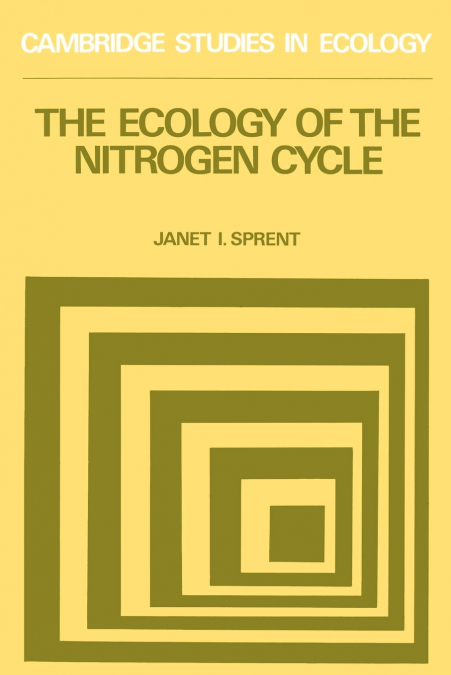
Janet I. Sprent / Janet ISprent
Many people learn the rudiments of the nitrogen cycle while at school. However, the details of the various processes in the cycle and their magnitude are still not fully understood. Some of them are of great current interest, for example use of nitrogen fixing crops to feed the increasing world population and the problems of pollution of groundwaters by nitrates. While some of the world needs to fix nitrogen, other parts are using natural processes of denitrification (forming nitrogen gas) as a way of getting rid of waste from humans and intensively farmed animals.This book describes the general processes of the nitrogen cycle and then takes examples to show how the cycle is modified for particular ecological and geographical situations. They are drawn from all major areas of the world and the impact of man via agriculture, forestry and fuel combustion is discussed. Numerous references are included. The book provides a background for all those whose specialist interests interact with nitrogen cycling, whether they are involved in research or have the task of attempting to manage the environment.